Birds
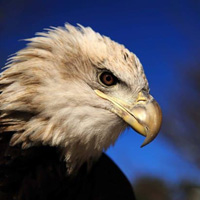
Bald Eagle
The bald eagle has been removed from the state and federal endangered species lists after intensive restoration and protection efforts brought them back from the brink of extinction in the ‘lower ‘48’. Today, Maine has well over 700 pairs of nesting bald eagles statewide. Learn more about bald eagles from Maine Department of Inland Fisheries and Wildlife.
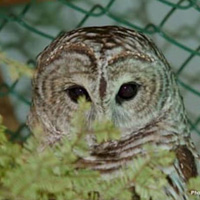
Barred Owl
The barred owl is the only owl in Maine with brown eyes. There are usually at least two permanently injured barred owls on display at the park. Barred owls are often hit by cars as they hunt along the sides of roads for mice and other rodents. Learn more about owls from Maine Department of Inland Fisheries and Wildlife.
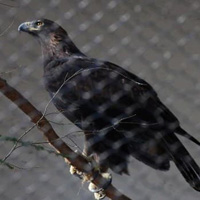
Golden Eagle
Considered the rarest bird in Maine, goldens used to nest here but their numbers were reduced and finally extirpated. A build up of pollution and contaminants in their bodies prevented the production of viable eggs. Goldens still migrate through Maine in Spring and Fall, and can be spotted mostly over inland areas. Learn more about golden eagles from Maine Department of Inland Fisheries and Wildlife.
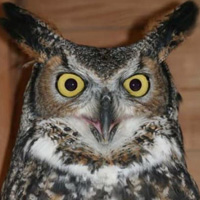
Great Horned Owl
Many owls are brought to the park after sustaining injuries from car accidents or starvation in winter. Great Horneds are Maine’s earliest nesting species, producing eggs in late January or early February; with the young hatching about 1 month later. earn more about owls from Maine Department of Inland Fisheries and Wildlife.
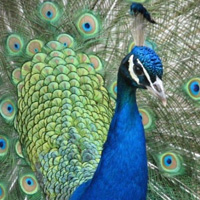
Peacock
The popular peacocks are not a native Maine species; but have traditionally been exhibited at the park for over 50 years. Peacocks do just fine here in winter, since they are originally from the same kind of temperate climate in India and Asia.
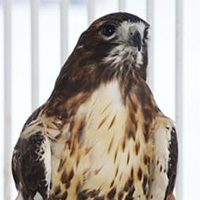
Red-Tailed Hawk
Red-tails are a very common hawk in Maine; and can be seen at all times of the year perched on telephone poles or on dead tree branches along our highways and byways, where they hunt for mice, voles, snakes and small birds in the mowed grass or plowed roadsides. Learn more about hawks from Maine Department of Inland Fisheries and Wildlife.
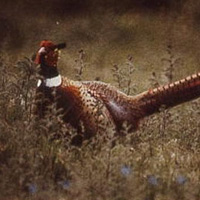
Ring-necked Pheasant
This pretty gamebird is not a native Maine species, but a bird that was originally raised in the thousands here when the wildlife park was a pheasant farm. Today, ring-necks are raised and released by independent cooperators for fall bird hunting opportunities.
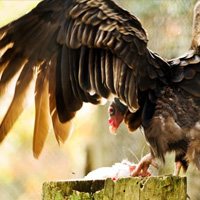
Turkey Vulture
These large raptors can live to be 70 years old! Their heads are bare of feathers because they primarily eat dead animals, called carrion. It sounds gross, but they are a part of nature’s clean up crew. Learn more about vultures from Maine Department of Inland Fisheries and Wildlife.
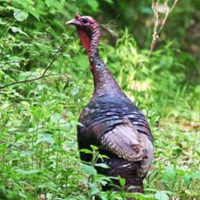
Wild Turkey
Wild turkeys have been reintroduced in Maine, and now number in the tens of thousands after being extirpated from the state in the late 1800's. Wild turkeys may appear under your bird feeders in winter, especially if the winters are severe. Learn more about wild turkeys from Maine Department of Inland Fisheries and Wildlife.

